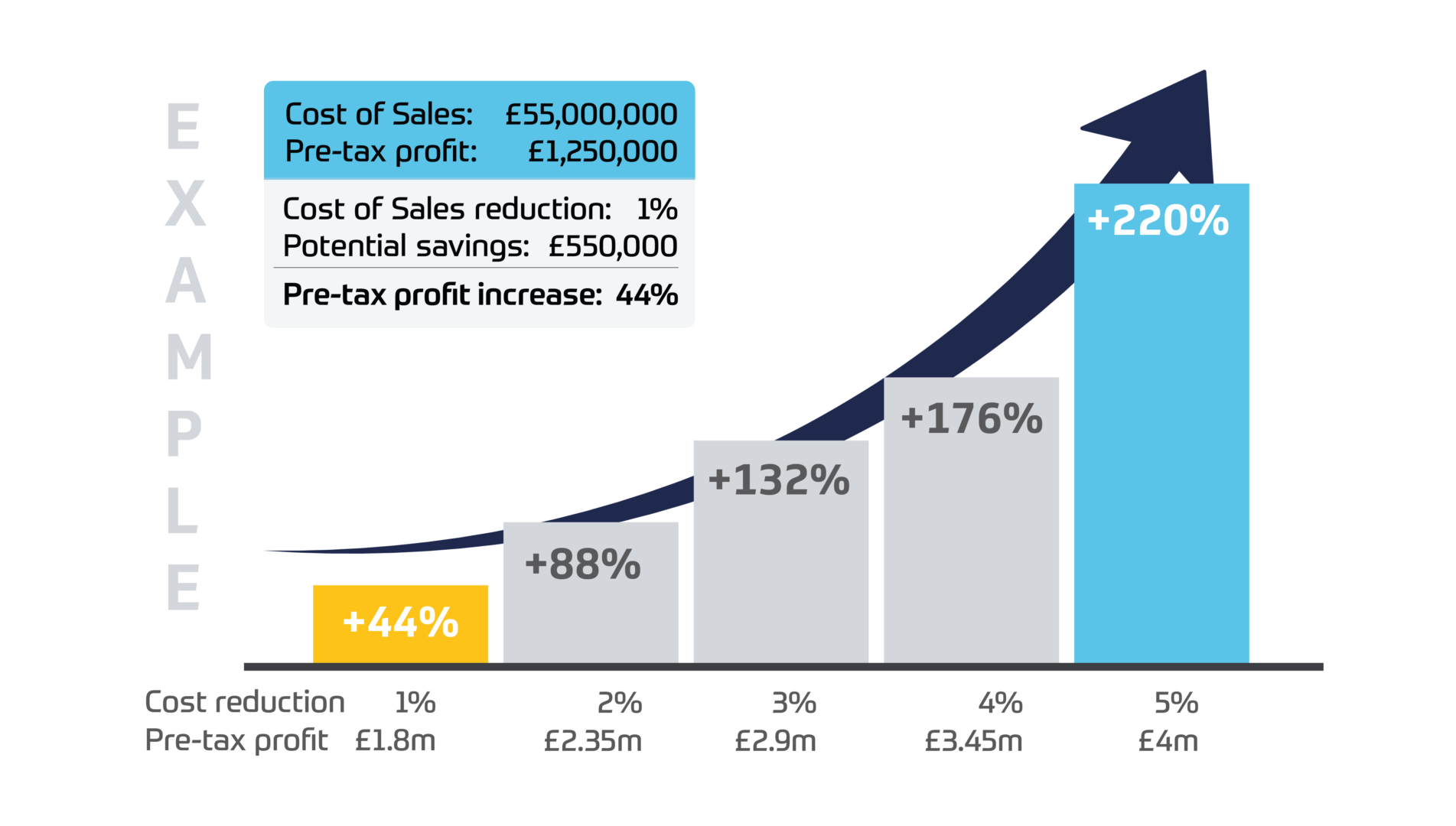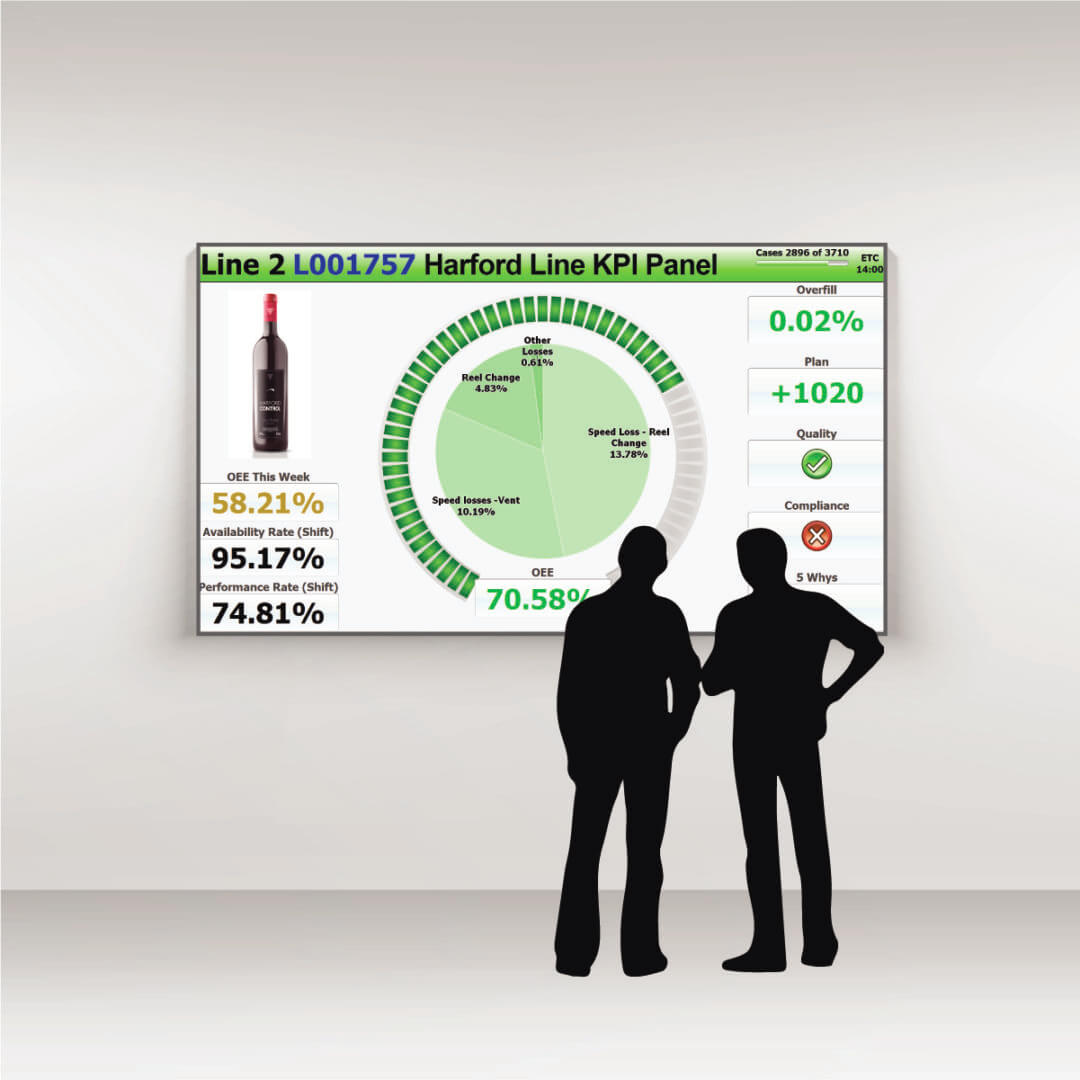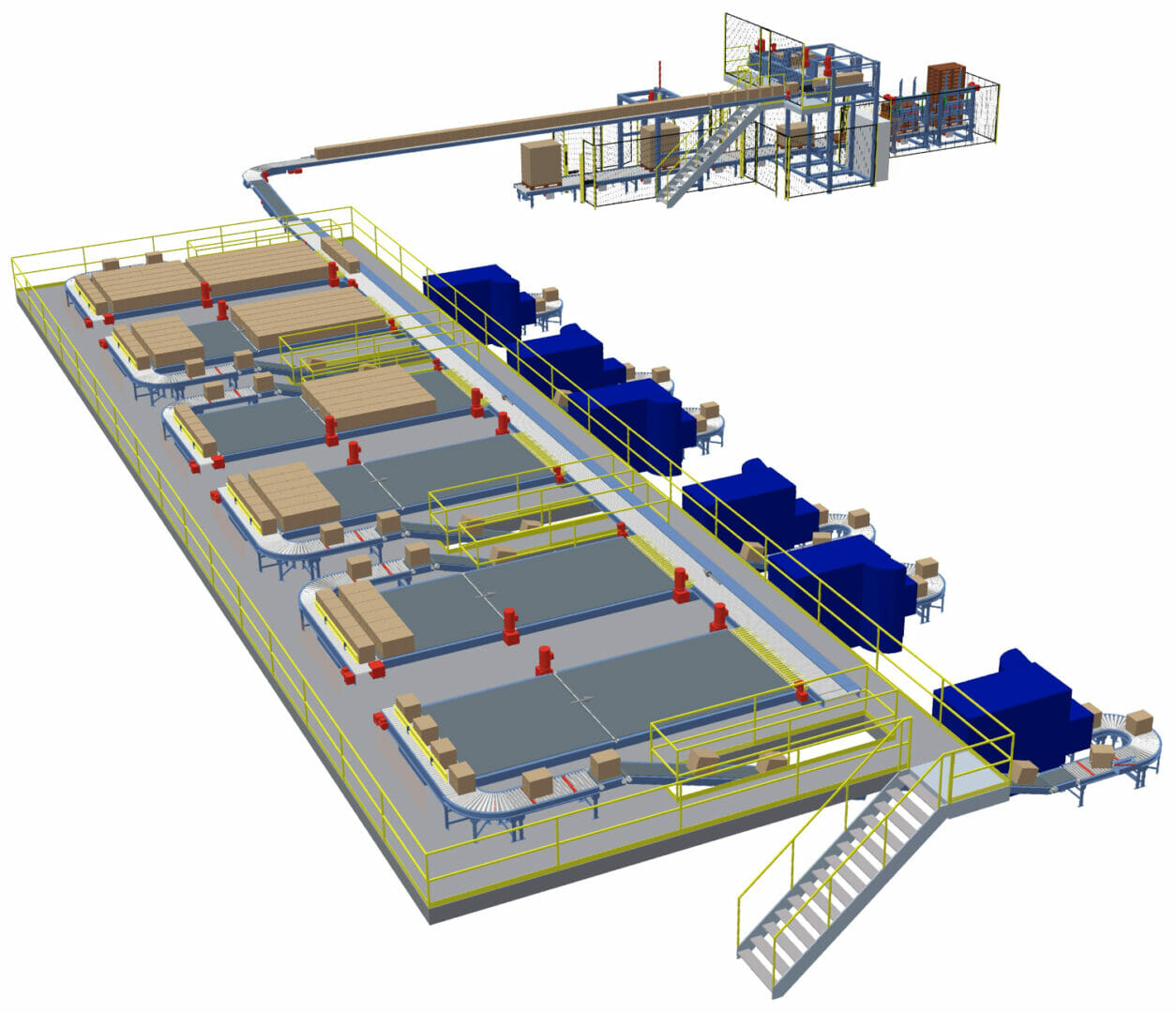Our 5 decades experience has been almost, but not entirely, within the food and drink industry. During that time, we have seen many changes but, sadly, not enough to keep all manufacturers viable.
This has been partly, but not always due to a lack of or slowness to adopt automation.
Whilst we certainly do not support the continuation of paper-based recording and unnecessary manual processes, we do believe that all processes need to be professionally evaluated to determine those that would benefit from full automation and those that require semi-automated input, still under operator control. We have seen so many manufacturers who have spent £millions on automation, only to find that they failed to achieve the expected Return on Investment.
Some years ago, we had the opportunity to evaluate a whisky bottler who had just spent several £millions installing a state of the art 600 bottles per minute filling line. When we visited the factory, the line was only producing about 300 bottles per minute. A simple investigation showed that they could not run at 600 bottles per minute because they couldn’t get the empties onto the line quickly enough, nor the filled bottles off quickly enough to enable the desired filling speed to be realised.
There is perhaps a surprising amount of automation which fails to achieve its objectives, mainly because many companies expect to achieve far too much from too little investment.

Cost of Sales
Many projects require re-engineering in order to see objectives realised. Successful re-engineering needs all 5 of these components to be aligned to achieve lasting success: Strategy, Process, Technology, Organisation and Culture. Leave out, or fail to properly address any one of these components, and the automation project will fail or fail to achieve all its key objectives.
A few years ago, I visited a cake manufacture, who was very proud to show me his end of line robots. When we went to the lines the output had been just 400,000 bite sized cakes. When the Manufacturing Manager asked ‘Why so few, when we should have produced two million during the same period?’ The production manager replied ’Dunno, must have had some downtime, I suppose’.
This is precisely the kind of experience and response when not all five of the vital components are aligned with the re-engineering/automation objectives.
There is a far better way to ensure a successful outcome for re-engineering/automation projects…begin with the end in mind, determine the objectives, then find a professional partner who fully understands your objectives and how best to achieve them.
Automation or not, it is critical to reduce the transformation costs from goods inwards to despatch (Cost of Sales). We have found that a reduction in these costs of as little as 1% can double Net Profits. See graph







